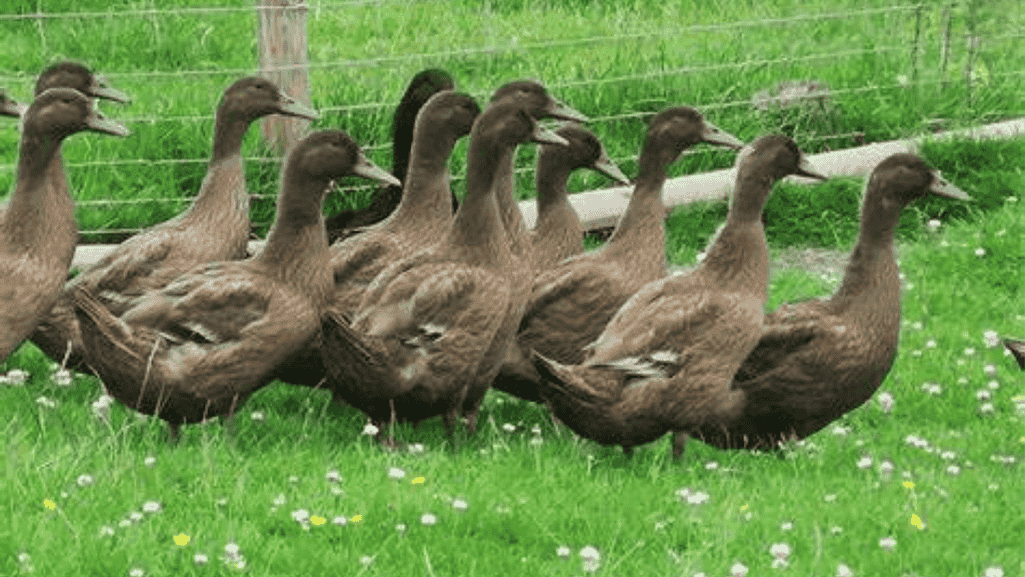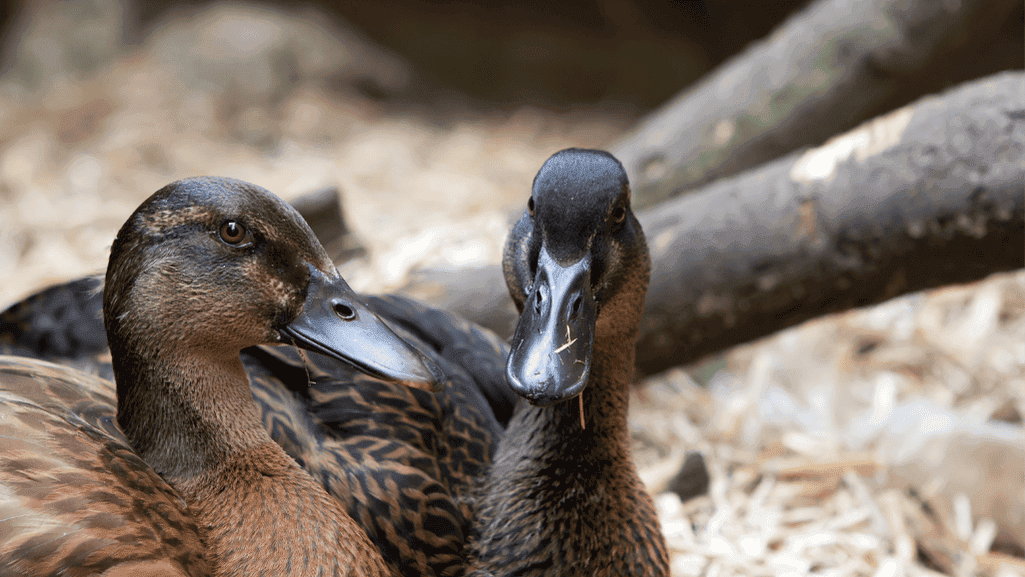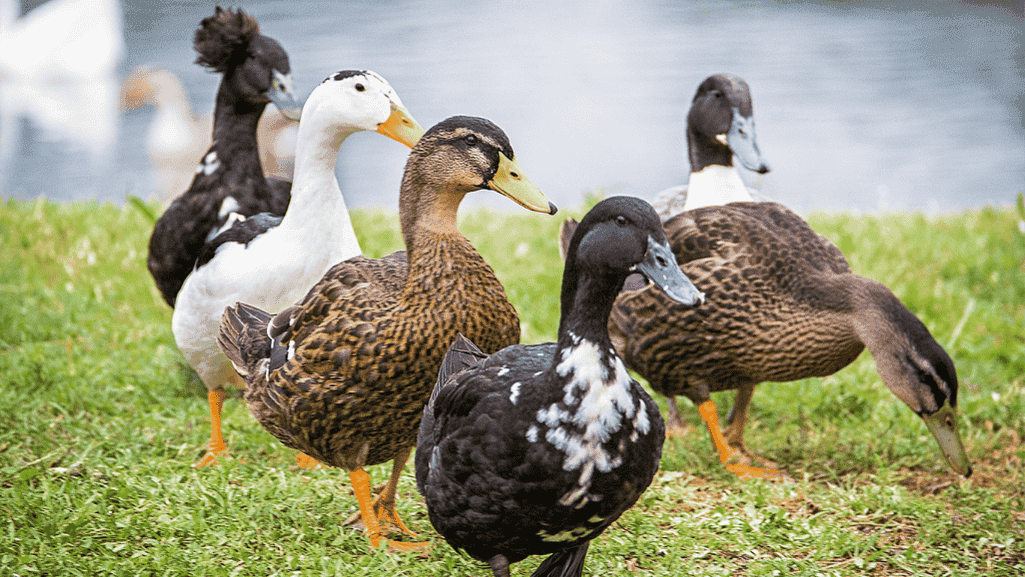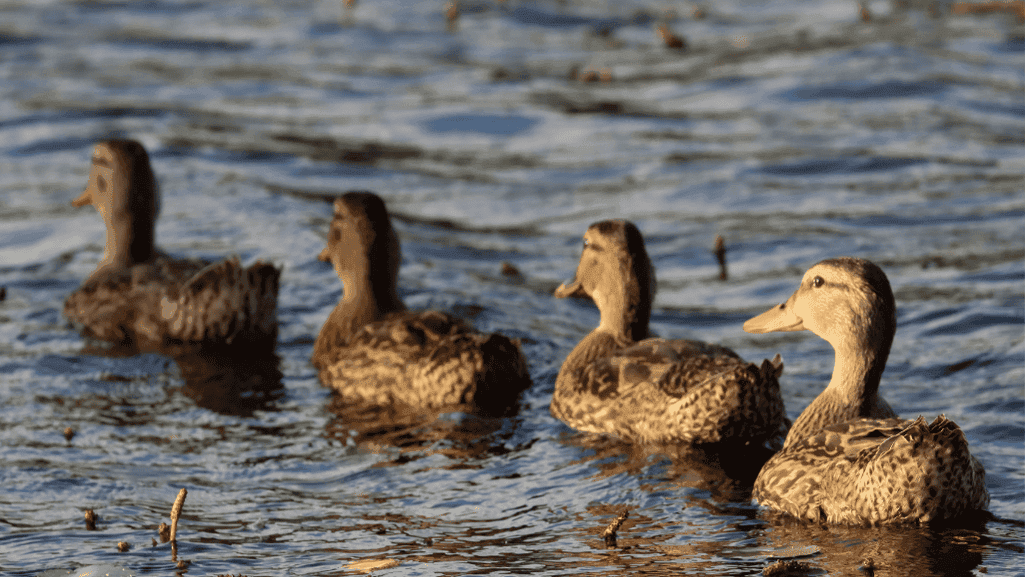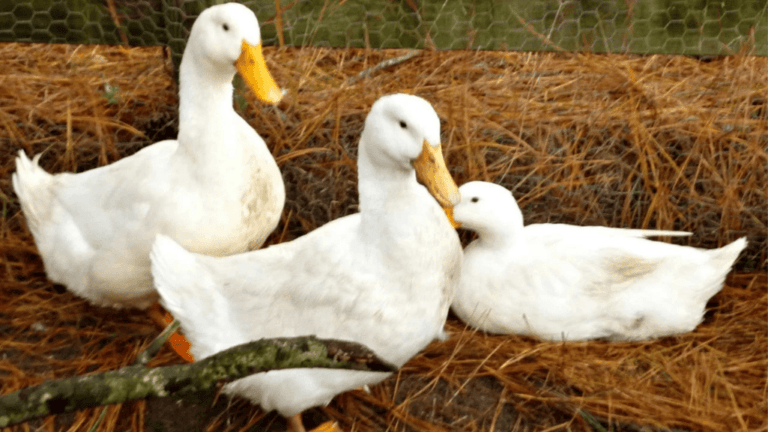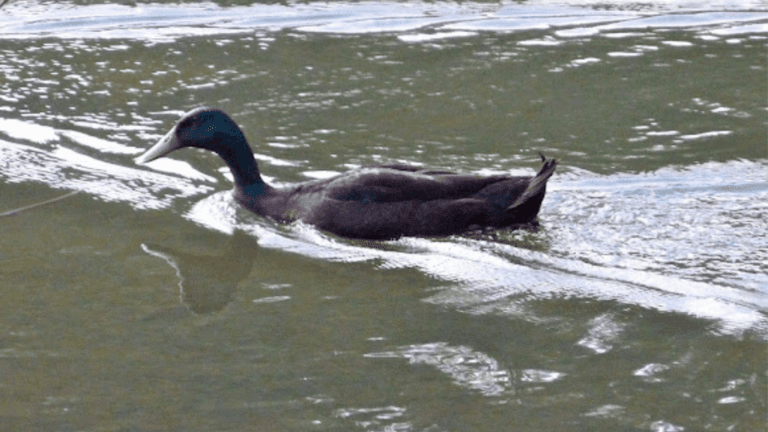Khaki Campbell ducks are known for laying lots of eggs. They are among the best duck breeds for egg production, laying over 300 eggs a year. Their high fertility rate of 87% makes them a favorite among farmers and hobbyists.
These ducks weigh between 1.3 to 2.2 kg and are very efficient. They lay big eggs, about 75-85 grams, full of nutrients like Vitamin B12, Vitamin A, and Selenium. They are great at finding food on their own, fitting well into different living spaces.
Even though they can be a bit nervous, Khaki Campbells are good parents when kept with others. They can fly a little bit, close to the ground, which makes them cute pets. The breed started in 1887, created by Mrs. Adah Campbell through careful breeding.
Key Takeaways
- Khaki Campbells lay over 300 eggs yearly
- Their eggs are larger and more nutritious than chicken eggs
- They have an 87% fertility rate
- Khaki Campbells are excellent foragers
- The breed originated in 1887 through selective breeding
- They can fly short distances and make good backyard pets
Introduction to Khaki Campbell Ducks
Khaki Campbell ducks are known for laying a lot of eggs. They are a special type of domestic duck. Since the late 1800s, they have changed poultry farming a lot.
Origin and History
Adele Campbell created Khaki Campbells in Gloucestershire, England in 1898. She mixed Indian Runner ducks with Rouen ducks. She wanted a breed that was big and laid a lot of eggs. In 1929, these ducks came to the United States and became popular in the 1970s because people wanted more duck eggs.
Breed Characteristics
Khaki Campbells are great at laying eggs. Females can lay up to 340 eggs a year. They weigh between 4-4.5 lbs for females and 4.5-5.5 lbs for males. They are tough, can live in many places, and are great at finding food, making them perfect for small farms and backyard keepers.
Popularity in Poultry Farming
These ducks are loved in poultry farming for their egg-laying and versatility. They can lay 250-340 eggs a year, which is more than many chickens. They are good at finding food and controlling pests, which helps farms. With a life of 7-10 years, they give long-term benefits to those who keep them.
Khaki Campbell Ducks: Appearance and Physical Traits
Khaki Campbell ducks are a unique breed of waterfowl known for their distinctive appearance. They have become popular in duck husbandry because of their striking looks and practical benefits.
Plumage Color and Pattern
The Khaki Campbell duck has a beautiful olive-brown feather color. Drakes have darker brown heads and necks, with a bronze tint on their lower back and tail. Hens have a more uniform khaki shade across their body, with lighter brown heads. This coloration makes them stand out among other duck breeds.
Body Size and Shape
These ducks have a compact, streamlined body shape with a slightly upright stance. Female Khaki Campbells weigh between 3 to 4.5 pounds, while males weigh 4 to 5.5 pounds. Their size makes them ideal for both urban backyards and rural farms.
Sexual Dimorphism
Sexual differences are clear in Khaki Campbell ducks. Males are slightly larger than females and have darker plumage. Drakes have green bills and dark orange legs and feet. Hens have golden-yellow bills with dusty brown legs and feet.
| Feature | Drake (Male) | Hen (Female) |
|---|---|---|
| Weight | 4 – 5.5 lbs | 3 – 4.5 lbs |
| Bill Color | Green | Golden-yellow |
| Leg Color | Dark orange | Dusty brown |
| Plumage | Darker brown | Uniform khaki |
Exceptional Egg-Laying Capabilities
Khaki Campbell ducks are top egg layers in poultry farming. They can lay 300 to 320 large, white duck eggs every year. This is more than many chicken breeds, making them popular with farmers who want lots of eggs.
These ducks are very efficient. One Khaki Campbell duck set a world record by laying 365 eggs in 365 days. This shows their amazing potential. Their special breeding includes Indian Runner ducks, known for laying lots of eggs too.
Khaki Campbells are great at laying both lots of eggs and high-quality eggs. Their eggs are 75-85 grams each and taste rich and versatile. Bakers love these duck eggs for making baked goods lighter.
| Characteristic | Khaki Campbell Ducks |
|---|---|
| Annual Egg Production | 300-320 eggs |
| Egg Weight | 75-85 grams |
| Egg Color | Primarily white, some blue/green |
| Duck Weight | 3.5-4.5 lbs |
Khaki Campbells are also good for meat. They weigh 3.5-4.5 lbs, making them useful for small farms that want eggs and meat.
Khaki Campbell Ducks as Backyard Pets
Khaki Campbell ducks are popular as backyard ducks for their friendly nature and great egg production. They are versatile waterfowl that bring companionship and productivity to backyards.
Temperament and Behavior
Khaki Campbells are known for being friendly with humans and other ducks. They are curious and playful, making them fun to watch. Even though they are shy at first, they quickly get used to their new home and people.
Space Requirements
Khaki Campbells need a lot of space to roam and stay active. They do well in a big area with water for swimming. They don’t need huge ponds but enjoy playing in the water when sprayed with a hose.
Compatibility with Other Poultry
Khaki Campbells get along well with other birds, making them great for mixed groups. They live peacefully with chickens, adding variety to your backyard birds. But, they can be louder than chickens, which might bother neighbors in cities.
| Duck Breed | Egg Production (per year) | Temperament | Size |
|---|---|---|---|
| Khaki Campbell | 250-340 | Friendly, Shy | Medium |
| Pekin | 125-225 | Very Friendly | Large |
| Muscovy | 80-120 | Quiet, Intelligent | Large |
| Call Duck | 30 | Noisy, Fragile | Small |
Thinking about getting Khaki Campbells as pets? They need the right care and love. Their unique traits and egg-laying skills make them a great choice for any backyard.
Care and Management of Khaki Campbell Ducks
Proper care and management are key for raising Khaki Campbell ducks. These ducks are famous for laying lots of eggs. They need special care to do well in farms.
Feeding and Nutrition
Khaki Campbell ducks need a balanced diet for good health and lots of eggs. They eat about 130 grams of food every day. A good feed mix includes wheat, broken rice, black sesame, soybean, and snail shell powder.
Adding calcium supplements, like ground oyster shells, is important for strong eggshells.
Housing and Shelter
Good housing is crucial for ducks. Khaki Campbell ducks need about 2 to 3 square feet of space each. A coop with a run or a safe outdoor area is best.
The shelter should keep predators and bad weather out. It should also have places for nesting.
Health Concerns and Prevention
Khaki Campbells are tough birds, but they still need regular health checks and clean living conditions. It’s important to vaccinate them against diseases like duck plague and cholera.
Daily care includes feeding, giving them fresh water, collecting eggs, and moving them to new places to forage.
| Aspect | Requirement |
|---|---|
| Daily Food Intake | 130 grams |
| Space per Duck | 2-3 square feet |
| Egg-laying Start | 17-18 weeks |
| Annual Egg Production | 280-300 eggs |
Conclusion
Khaki Campbell ducks are top-notch egg layers and great backyard pets. They first showed up at England’s poultry show in 1895. Since then, they’ve been a hit in small farms and homes. They lay more eggs than many other breeds, with a success rate of 74.1% in herded systems.
These ducks are flexible and do well in different settings. They start laying eggs at 144 days in herded groups and 156 days in confinement. Their friendly nature makes them perfect for families and new duck keepers. They look great with their olive-brown feathers, dark orange legs, and sleek build.
Khaki Campbell ducks are also smart for your wallet. In herded groups, they can make up to USD 900 per 100 layers, beating confined systems. Their genetics are strong for growth and egg production, making them great for improving breeding programs. They eat well on local foods, which is good for the planet.
In summary, Khaki Campbell ducks are a mix of hard work, flexibility, and cuteness. They’re great for laying eggs or as pets. Being on the American Livestock Conservancy’s “watch” list shows how important it is to keep this breed going. For poultry fans and farmers, they’re a top choice.


